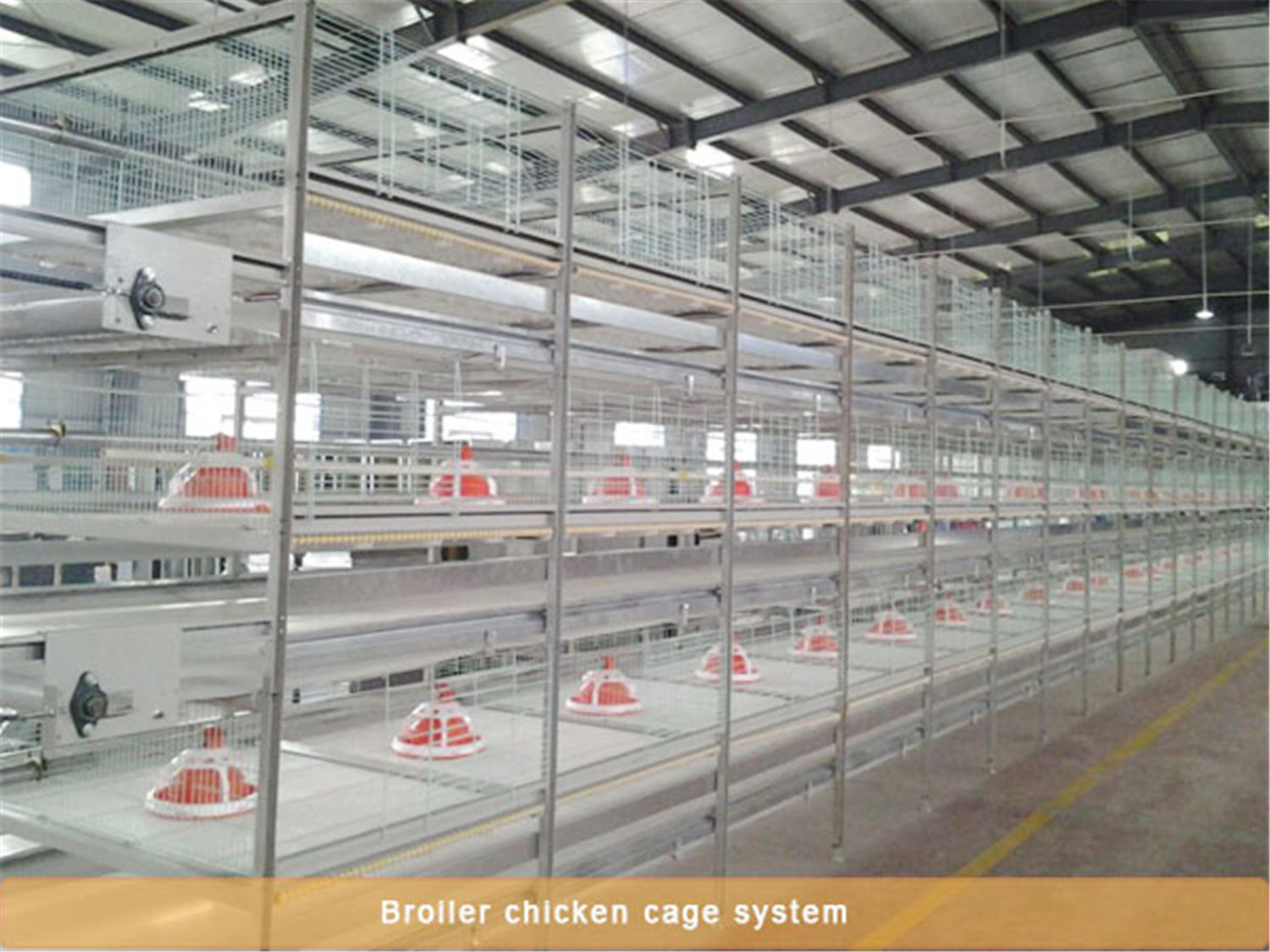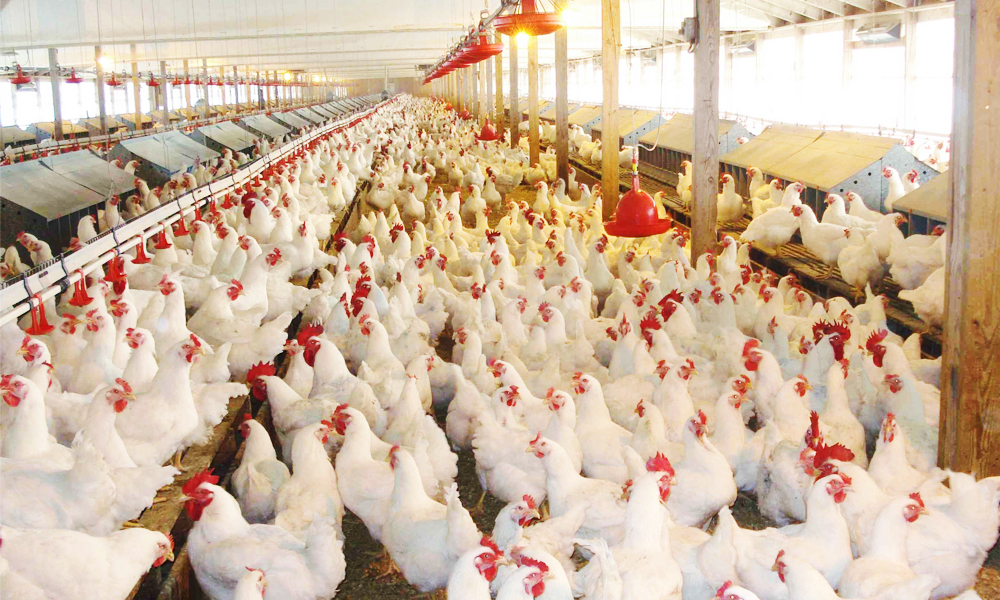Drinking water precautions for autumn laying hens
- Published in Method of breeding chicken
Drinking water safety is an indispensable part of laying hens. This is related to the quality of eggs. Therefore, pay attention to the drinking water problem of laying hens. However, according to the habits of chickens, it is best to give warm water to chickens. It can also reduce body heat loss and enhance cold resistance. It is good for chicken health and egg production. What are the drinking water precautions for laying hens in autumn?
Drinking water must be clean and hygienic, and water contaminated with germs or pesticides cannot be used. Chicken drinking water has a standard, to be clean, timely supply of drinking water chicken has 3 drinking water peaks every day, the water supply temperature should not be lower than 5 ° C, preferably 15 ° C, every morning at 8 o'clock, 12 noon, 6 pm Point around. The drinking time of chickens is mostly in the light time.

Appropriate supply of drinking water chickens have 3 drinking water peaks every day, the water temperature should not be lower than 5 ° C, preferably 15 ° C, every morning at 8 o'clock, 12 noon, 6 o'clock in the afternoon. The drinking time of chickens is mostly in the light time. At around 8 in the morning, the chicken began to receive light; around 12 noon, it was the peak time for laying eggs. After the hen had finished producing the eggs, the body consumed more water and felt very thirsty to drink water; around 6 pm, the light The time is coming to an end, ready to go to the evening to start the rest, the chicken has to drink enough water. Appropriate supply of drinking water Under normal circumstances, the daily water requirement and feed water ratio of each chicken is about 200 ml in spring and autumn. The water supply should be adjusted according to the season in chicken cages prices in South Africa.





